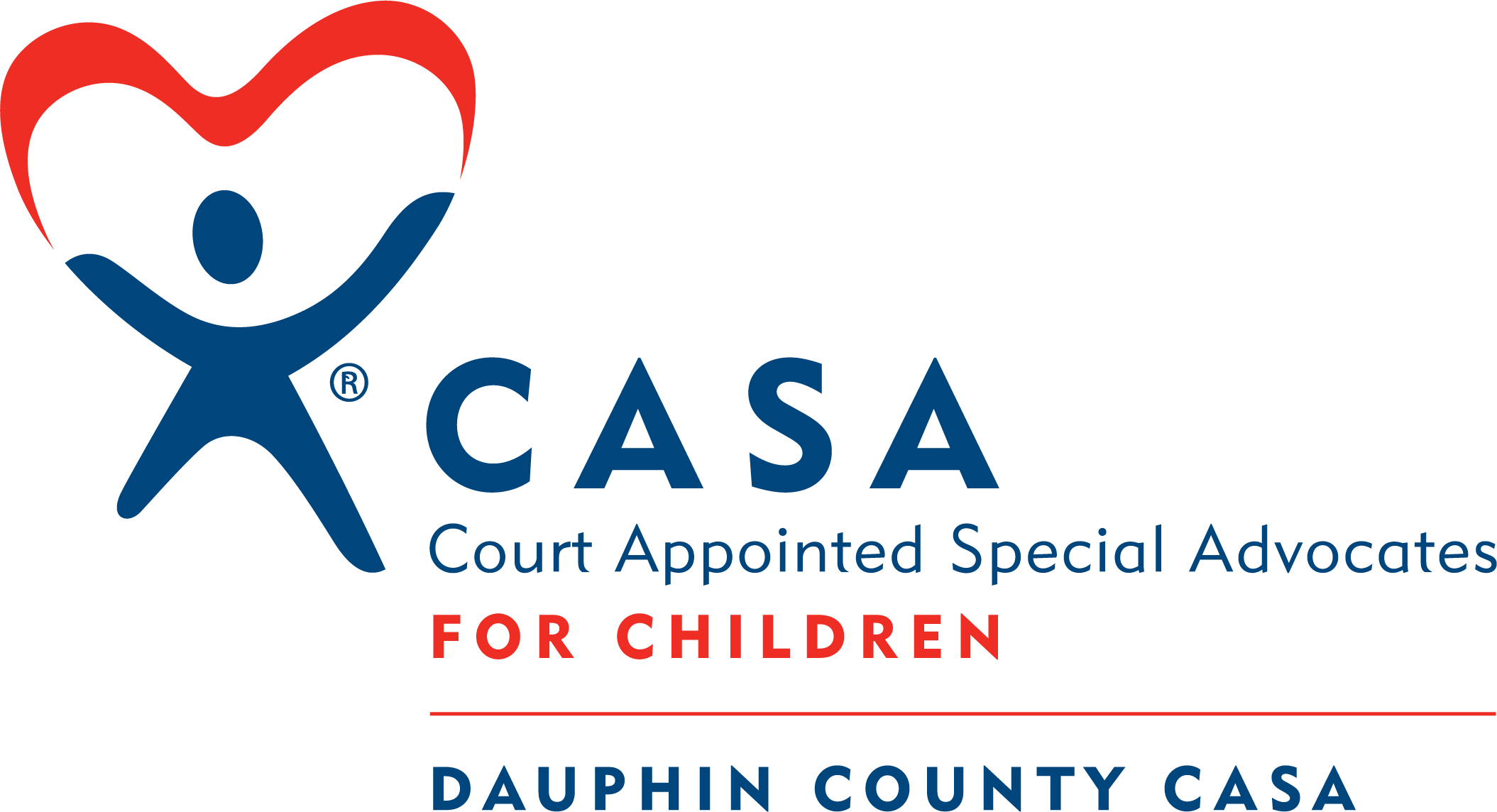When nine-year-old Anna and her two older sisters entered the child welfare system, they were placed in the same foster home. The three sisters had a difficult time adjusting to this environment and how they fit in. When the CASA volunteer, Stacie, was court appointed to the sisters, she noticed that Anna kept to herself and was struggling to adjust to the new home. Anna missed her mom and her relationship with her sisters was strained. Soon, the stress she was feeling manifested in negative behaviors, and the foster home requested that Anna be removed.
Anna was moved to another foster home. After months being there, Anna was still not thriving and was suspended from school for stealing a boy’s cellphone. As a result of this behavior, the foster mother grounded her. Anna spent much of her time in her room without entertainment of any kind. Anna also ran away from the home frequently. Stacie observed the foster home placement lacking the type of engagement and opportunity needed for a soon to be teenage girl. As older foster parents, Stacie felt that Anna was not presented with the opportunity to become involved in activities outside of the home since it was not part of the household culture. Stacie advocated for a placement change for Anna-one that would better meet her needs and nurture her interests for development.
A new foster home placement was identified for Anna. Anna showed Stacie a photo album that the potential foster parents had made for her. Anna informed her CASA that she was excited to get to know them.
Anna moved into the new foster home a day after she ran away from school for the second time. She had been nervous to switch schools, something she’d never done before. The foster parents had never been foster parents before, so they too were nervous, but very excited.
It only took two weeks in the new school before Anna signed up for chorus, trumpet lessons, crochet, robotics, and nearly every other activity offered to a fifth grader. Stacie noticed lots of laughing, joking, and playing within the family home when she would visit.
Once Anna settled into her new home, Stacie visited with her and the new family. It was at this visit that Stacie observed Anna to be content and happy, and was the first time in three years that Stacie felt that Anna appeared finally at home and had been accepted by a family that understood and embraced her needs and interests. This family has since adopted Anna and she continues to thrive.
Interested in helping children like Anna?
Evidence of Effectiveness
Children with CASA volunteers find permanent homes. Data collected by Pennsylvania CASA Association, for the year 2018, indicates that children with a CASA volunteer were less than 1% likely to enter the foster care system within 12 months of finding a permanent home. Data for the general foster care population indicates that 24.5% of their peers re-entered care during the same time period.
